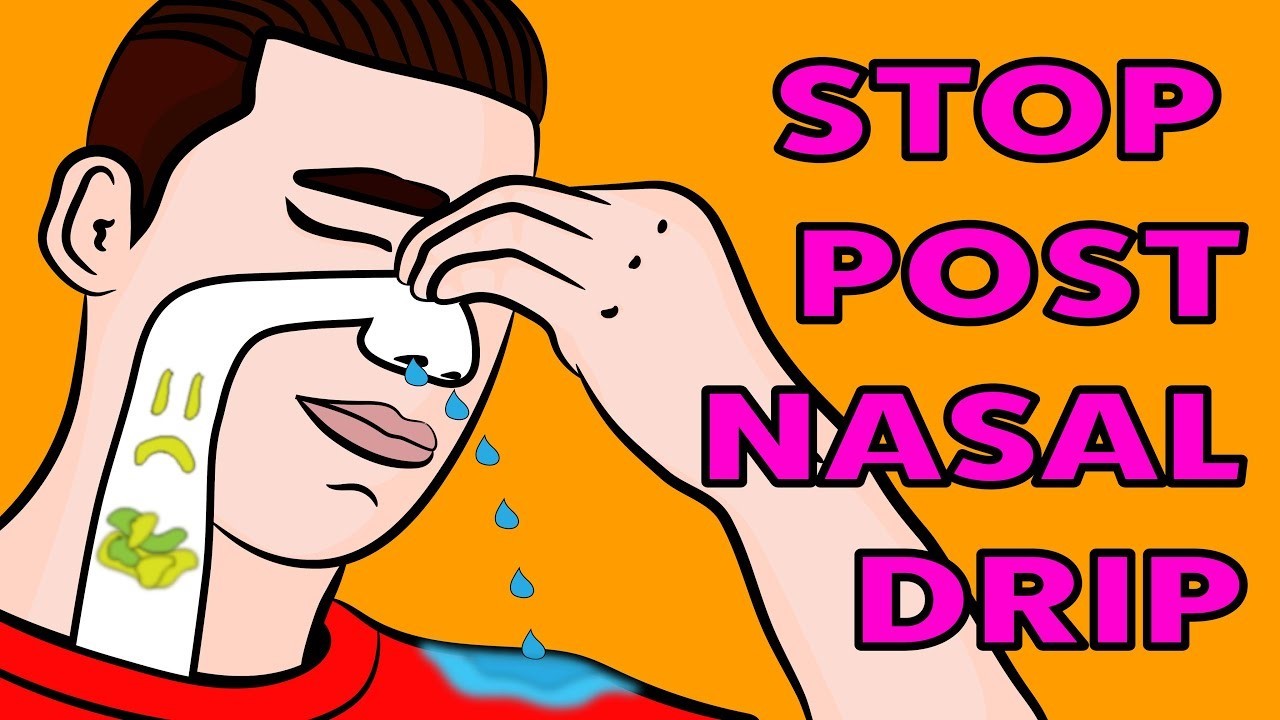
It’s accompanied by fever (see below). Keep track of what seems to trigger the cough (exercise, cold air, allergies) and make an appointment with your doctor. If your child’s cough is dry, doesn’t appear to be related to a cold, and crops up only at night or in the morning or when your toddler is active, it could be a sign of asthma. It only happens in certain circumstances. If you’d like to try an over-the-counter cough medicine, check with her doctor first. A spoonful of honey can soothe coughs - but it’s only safe if your child is 1 year or older. Give her saline nose drops if she’s too young to blow her nose a cool mist humidifier in her nursery and a warm bath also help. That means your child’s cough produces mucous and is accompanied by a runny nose and sore throat. Croup can reoccur in the same night, so don't be alarmed. A cool mist humidifier in her nursery also helps keep her in an upright position, and offer a pain reliever if she is 6 months or older. If steamy air doesn’t do the trick, call the doctor as she may need a breathing treatment (an aerosol with medication). Sometimes, however, a barky cough may take longer to improve. Then run the shower and let her breathe in the steamy air within 15 to 20 minutes, the warm, moist air should help breathing. 
This probably indicates croup, which is also usually a viral infection.

The American Academy of Pediatrics advises against using cough and cold medications if your child is under 6 years old, since studies show they’re no more effective than a placebo at controlling symptoms, and they can result in dangerous side effects. Run a cool-mist humidifier, give your child lots of fluids and use saline drops. This probably means your child has a sore throat caused by a cold or allergies. It’s infrequent (she's coughing on and off and not continuously) and dry.The main cause behind a cough is mucus, which drains down the nose to irritate the back of the throat.

CoughsĬoughing is a very common cold symptom - and while it sure sounds awful, it’s generally not a sign of anything serious. Read on for tips to recognize and treat five of the most common symptoms in kids.







 0 kommentar(er)
0 kommentar(er)
